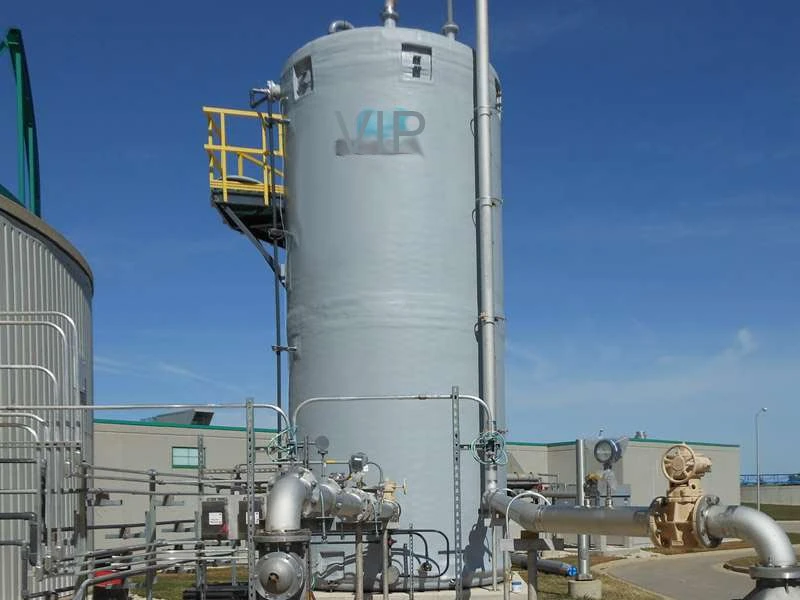
-
 Afrikaans
Afrikaans -
 Albanian
Albanian -
 Amharic
Amharic -
 Arabic
Arabic -
 Armenian
Armenian -
 Azerbaijani
Azerbaijani -
 Basque
Basque -
 Belarusian
Belarusian -
 Bengali
Bengali -
 Bosnian
Bosnian -
 Bulgarian
Bulgarian -
 Catalan
Catalan -
 Cebuano
Cebuano -
 China
China -
 China (Taiwan)
China (Taiwan) -
 Corsican
Corsican -
 Croatian
Croatian -
 Czech
Czech -
 Danish
Danish -
 Dutch
Dutch -
 English
English -
 Esperanto
Esperanto -
 Estonian
Estonian -
 Finnish
Finnish -
 French
French -
 Frisian
Frisian -
 Galician
Galician -
 Georgian
Georgian -
 German
German -
 Greek
Greek -
 Gujarati
Gujarati -
 Haitian Creole
Haitian Creole -
 hausa
hausa -
 hawaiian
hawaiian -
 Hebrew
Hebrew -
 Hindi
Hindi -
 Miao
Miao -
 Hungarian
Hungarian -
 Icelandic
Icelandic -
 igbo
igbo -
 Indonesian
Indonesian -
 irish
irish -
 Italian
Italian -
 Japanese
Japanese -
 Javanese
Javanese -
 Kannada
Kannada -
 kazakh
kazakh -
 Khmer
Khmer -
 Rwandese
Rwandese -
 Korean
Korean -
 Kurdish
Kurdish -
 Kyrgyz
Kyrgyz -
 Lao
Lao -
 Latin
Latin -
 Latvian
Latvian -
 Lithuanian
Lithuanian -
 Luxembourgish
Luxembourgish -
 Macedonian
Macedonian -
 Malgashi
Malgashi -
 Malay
Malay -
 Malayalam
Malayalam -
 Maltese
Maltese -
 Maori
Maori -
 Marathi
Marathi -
 Mongolian
Mongolian -
 Myanmar
Myanmar -
 Nepali
Nepali -
 Norwegian
Norwegian -
 Norwegian
Norwegian -
 Occitan
Occitan -
 Pashto
Pashto -
 Persian
Persian -
 Polish
Polish -
 Portuguese
Portuguese -
 Punjabi
Punjabi -
 Romanian
Romanian -
 Russian
Russian -
 Samoan
Samoan -
 Scottish Gaelic
Scottish Gaelic -
 Serbian
Serbian -
 Sesotho
Sesotho -
 Shona
Shona -
 Sindhi
Sindhi -
 Sinhala
Sinhala -
 Slovak
Slovak -
 Slovenian
Slovenian -
 Somali
Somali -
 Spanish
Spanish -
 Sundanese
Sundanese -
 Swahili
Swahili -
 Swedish
Swedish -
 Tagalog
Tagalog -
 Tajik
Tajik -
 Tamil
Tamil -
 Tatar
Tatar -
 Telugu
Telugu -
 Thai
Thai -
 Turkish
Turkish -
 Turkmen
Turkmen -
 Ukrainian
Ukrainian -
 Urdu
Urdu -
 Uighur
Uighur -
 Uzbek
Uzbek -
 Vietnamese
Vietnamese -
 Welsh
Welsh -
 Bantu
Bantu -
 Yiddish
Yiddish -
 Yoruba
Yoruba -
 Zulu
Zulu
FRP Pipes and Fittings for Enhanced Water Desalination and Treatment Efficiency
Efficient Water Treatment with FRP Desalination Pipes and Fittings
In an era where water scarcity is becoming a pressing global concern, innovative technologies for water treatment are more essential than ever. Among these, Fiberglass Reinforced Plastic (FRP) desalination pipes and fittings are leading the way in offering efficient solutions to tackle the challenges posed by saline water sources. This article explores the advantages and applications of FRP desalination systems in improving water quality for both domestic and industrial uses.
Understanding FRP Technology
Fiberglass Reinforced Plastic is a composite material made of a polymer matrix reinforced with glass fibers. This combination creates a lightweight yet robust material that excels in various applications, especially in harsh environments. In the context of water treatment, FRP is used to manufacture pipes and fittings that are corrosion-resistant, durable, and capable of withstanding high pressures associated with desalination processes.
Advantages of FRP Desalination Pipes
1. Corrosion Resistance One of the most significant advantages of FRP pipes is their exceptional resistance to corrosion. Traditional metal pipes are often susceptible to deterioration in saline environments, leading to leaks and costly repairs. FRP does not corrode, ensuring a longer lifespan for desalination infrastructure.
2. Lightweight and Easy to Handle FRP pipes are significantly lighter than their metal counterparts, making transportation and installation easier and more cost-effective. This characteristic is particularly beneficial for remote or offshore desalination plants, where heavy equipment may be challenging to manage.
3. Reduced Maintenance Costs The durability of FRP translates to lower maintenance needs. Since these pipes do not rust or corrode, facilities can operate with fewer disruptions, resulting in more efficient water treatment processes.
4. Versatility FRP pipes can be fabricated in various sizes and shapes, allowing for customized solutions that meet specific project requirements. This versatility enables engineers to design systems that are optimized for particular desalination technologies.
frp desalination pipes and fittings for efficient water treatment ...

5. Sustainability With growing awareness of environmental issues, FRP’s manufacturing process involves less energy consumption compared to traditional materials. Moreover, as water scarcity increases, using FRP in desalination systems contributes to sustainable practices by enabling the conversion of seawater into potable water without exhausting local freshwater sources.
Applications in Water Treatment
FRP desalination pipes are suitable for a wide range of applications within water treatment systems
- Reverse Osmosis (RO) Systems These systems require robust piping to handle high-pressure conditions, and FRP pipes are particularly effective for this purpose. Their ability to resist chemical attacks from desalination agents further enhances their applicability in RO processes.
- Seawater Desalination Plants In regions where freshwater sources are limited, FRP pipes facilitate the transport of seawater to treatment facilities. Their lightweight nature simplifies the construction of pipelines, reducing upfront infrastructure investment.
- Brine Discharge Systems After desalination, the remaining concentrated brine must be safely discharged. FRP pipes effectively manage corrosive brine, ensuring minimal environmental impact while adhering to regulatory standards.
Conclusion
As the demand for clean and accessible water continues to rise, the importance of innovative solutions like FRP desalination pipes and fittings cannot be overstated. These advanced materials offer significant advantages in terms of durability, maintenance, and environmental impact. Their application in various water treatment processes underscores their vital role in addressing global water challenges. The integration of FRP technology into desalination efforts promises not only to enhance the efficiency of water treatment systems but also to lead us toward a more sustainable future in water management. Embracing these advancements is crucial for ensuring that communities around the world have reliable access to safe drinking water.









